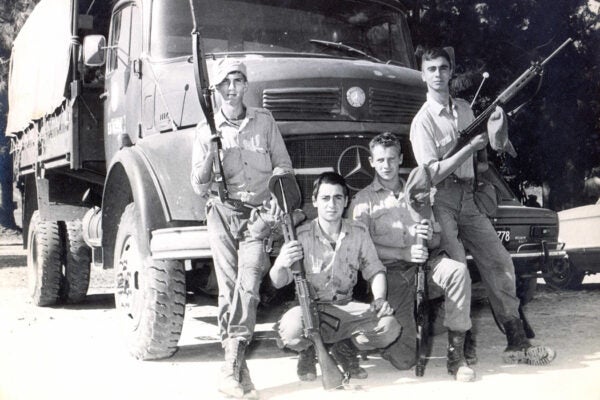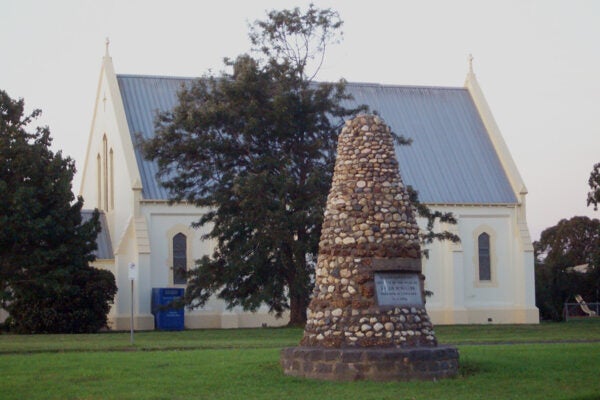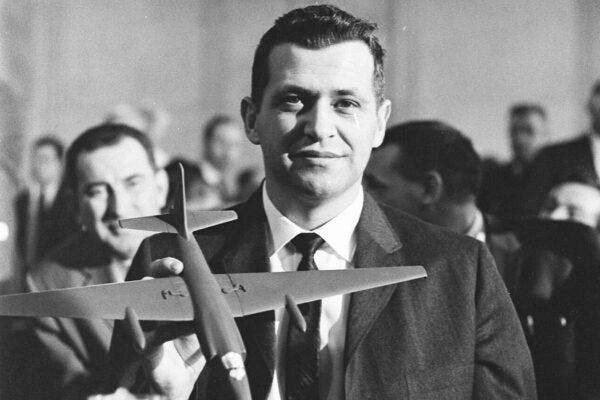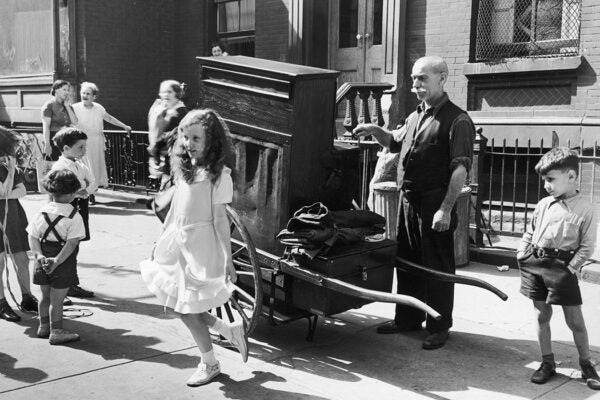In the 1960s, a group of people inspired by anticolonial sentiments and respect for Indian spiritual traditions formed a utopian community called Auroville in southern India. But, as historian Jessica Namakkal writes, they quickly came into conflict with their Tamil neighbors and began replicating some of the same colonial dynamics they opposed.
Namakkal writes that Auroville was the product of a political and spiritual partnership between two people who bridged Indian and European cultures. Sri Aurobindo Ghose was educated in England before returning to India and joining the struggle for independence. Targeted by the British colonial authorities, he fled to French-controlled Pondicherry in southeastern India.
Mira Alfassa was born in Paris to a secular Sephardic Jewish family. She became interested in spiritualism and non-western religions and ended up traveling to India with her husband, an administrator for France’s colonial government. They met Aurobindo in 1914, studied philosophy and religion together, and eventually formed an ashram that attracted both Indians and expats from Europe.
After Aurobindo’s death in 1950, Alfassa, now known as “the Mother,” began planning a more ambitious community, to be known as Auroville. The vision was of a city in the shape of a galaxy with skyscrapers and moving sidewalks. It would be home to 50,000 “citizens of the world” who would devote themselves to spiritual matters and a future of universal equality. French and US publications covered the plan extensively, and applications streamed in. Once the village was fully established in 1972, its population of 320 ended up including 121 Indians and 190 westerners. Most of the Indian residents were well-educated, financially secure, lighter-skinned north Indians.
For the Tamil residents of the surrounding villages, Namakkal writes, the efforts to build the community, starting in the mid-1960s, were the object of some bemusement. The site began as a stretch of desert where water had to be delivered by jeep. And, while the project leaders stressed the need for all Aurovilians to participate in manual labor, most were unused to such work and unfamiliar with the local climate and crops. In the end, they ended up hiring whole villages of Tamil people to do the work at very low wages. They also used the considerable funds donated by new residents to buy land from local people, leading to growing tensions.
Weekly Newsletter
By the time of Alfassa’s death in 1974, it had become clear to most in Auroville that the local villagers would not naturally become an equal part of the project as they had hoped, though efforts to integrate them into it continued for decades. As the community’s population climbed to around 2,000, it hired locals for its handicraft businesses and as cooks and maids for guest houses serving international visitors.
At the time she was writing in 2012, Namakkal wrote, “It is not a stretch to say that… the separation between Aurovilian and Tamilian, and the exploitation of Tamil labor for the operation of Auroville, continue to make Auroville a functioning community.”







